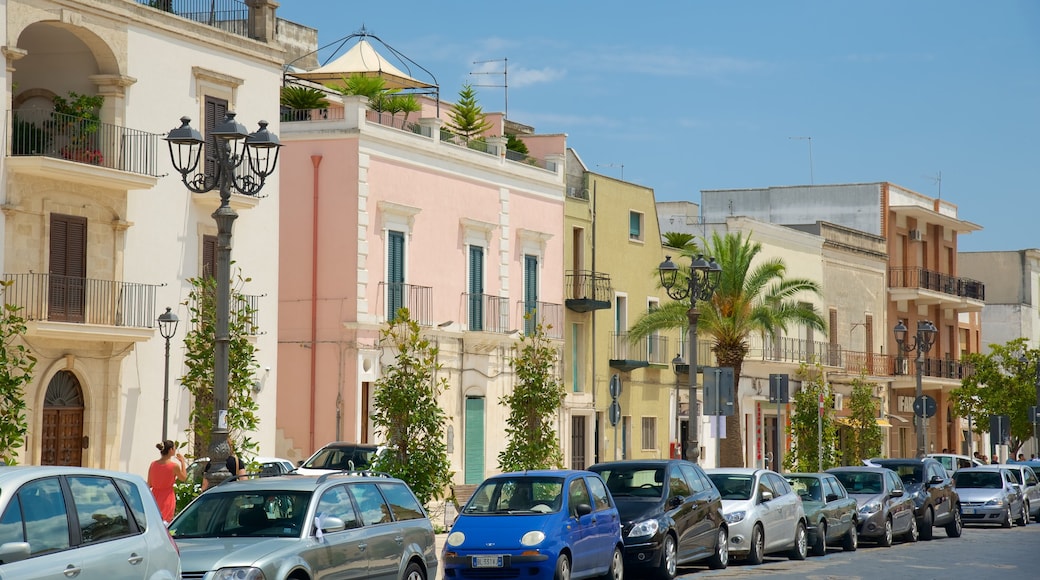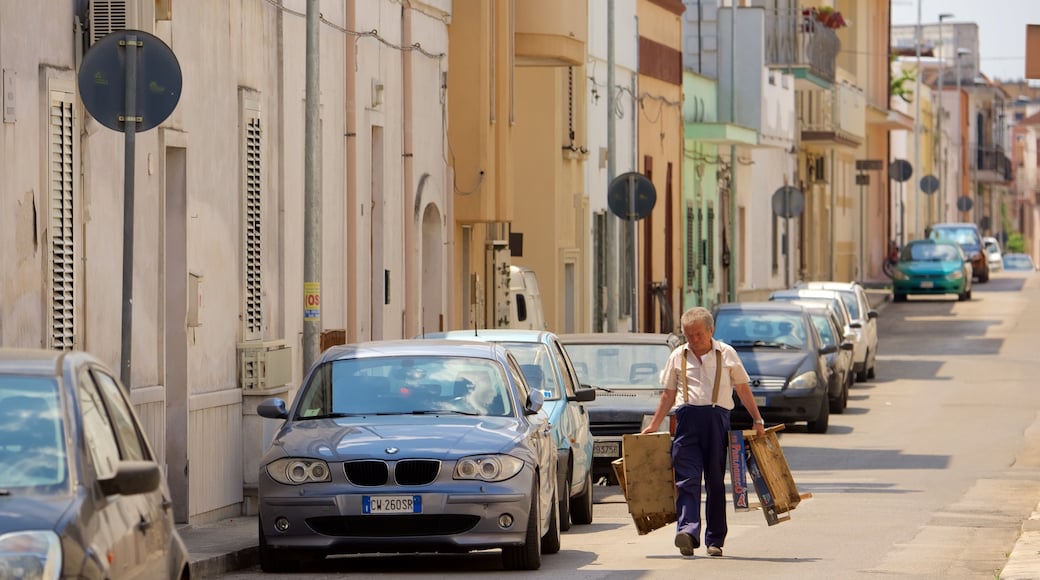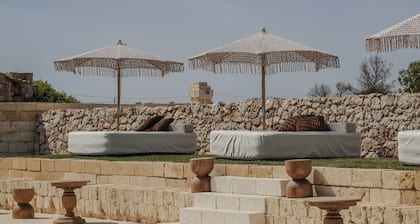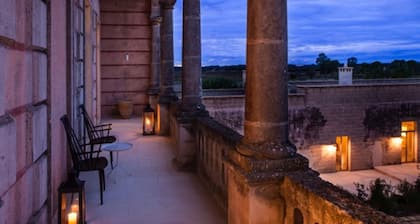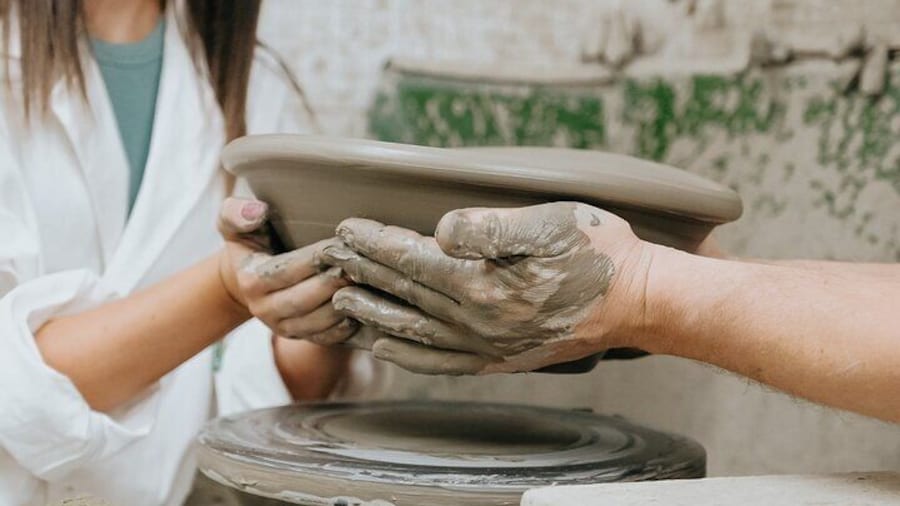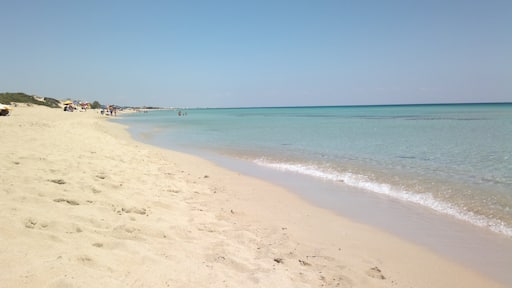Manduria is a fascinating old city with a long and ancient history that is still in evidence today. Discover this history in the megalithic walls, archeological park, old churches and winemaking traditions. Wander through its narrow lanes to view historical treasures from bygone ages and taste wines that have been produced in the area for hundreds of years.
Manduria has more than 2,000 years of history. It was an important stronghold against attacks by the Spartans from Greece, and the King of Sparta died here in battle in 338 B.C.
Just outside the modern city is the Archaeological Park of the Messapian Walls, which has revealed much about the Messapians. These were an Indo-European people who lived in southern Italy in ancient times.
Visit the park's important sites, including a necropolis where nearly 1,300 tombs were discovered. See the enormous blocks of stone that formed the megalithic walls that used to encircle the city. Go to the Fonte Pliniano, a fountain that was described in a book by Pliny the Elder, a Roman author and naturalist. Another park highlight is the Chapel of San Pietro Mandurino, which features a crypt from the 8th century.
See other old churches when you’re back to the city. These include the Mother Church of Manduria, which dates back to the 11th century. Your captivating Manduria history lesson is not over yet, because there is still the medieval Jewish ghetto to explore.
Manduria also has a long tradition of winemaking, which goes back to ancient times. Its most famous wine is Primitivo di Manduria, a red wine made from Primitivo grapes. Learn about its history at the Museum of Primitivo Wine and enjoy a tasting session in the winery the museum is housed in.
To get to Manduria, fly into Brindisi, about 30 miles (48 kilometers) away or Bari, approximately 80 miles (130 kilometers) away.
Manduria is an inland city, but if you want some fun on the beach, the coast is only few minutes’ drive away.
